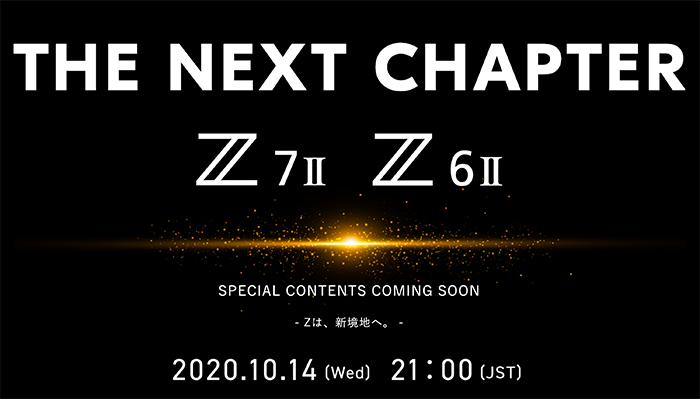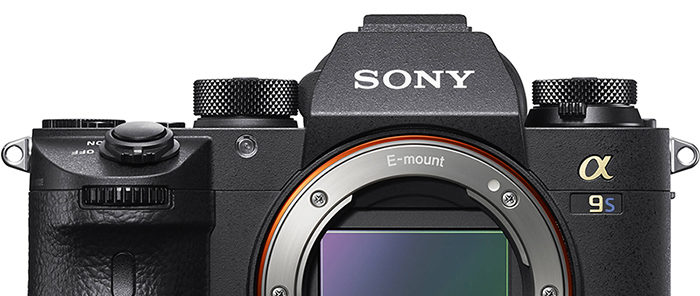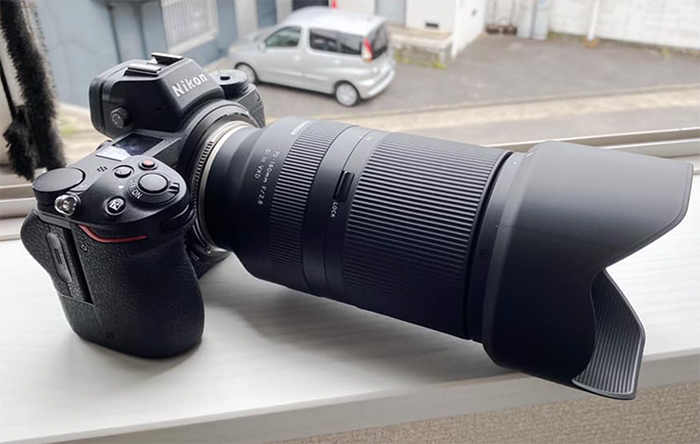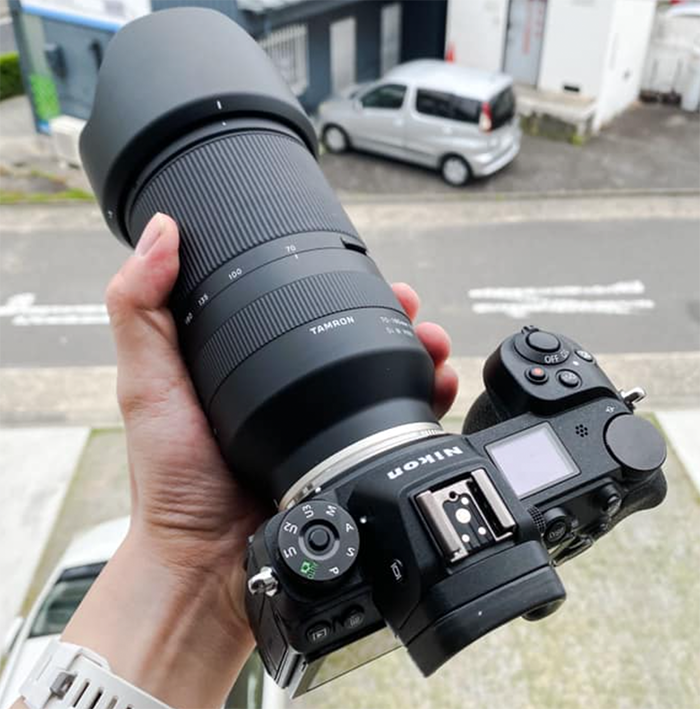Today Olympus Agreed on Transfer of Imaging Business with JIP

Today Olympus and JIP reached a final agreement. You can read the full details in the following press text. It’s the end of a glorious history :(
Olympus Agreed on Transfer of Imaging Business with JIP
Tokyo, September 30, 2020 – Olympus Corporation (“Olympus”) today concluded a definitive agreement with Japan Industrial Partners Inc. (“JIP”) regarding the transfer of the Olympus Imaging business. Under the agreement, Olympus will transfer its Imaging business to a newly established wholly-owned subsidiary of Olympus (the “New Imaging Company”), through an absorption-type split. This is to be followed by transferring 95% of the shares of the New Imaging Company on January 1, 2021, to OJ Holdings, Ltd., a special purpose company established by JIP.
Olympus began the manufacture and sale of cameras using the Zuiko lens in 1936 and became one of the world’s leading camera makers. Olympus was among the first companies to make small, lightweight compact cameras with professional quality, such as the award- winning Olympus ‘OM’ and ‘Pen’ series. Driven by the desire to make people’s lives more fulfilling around the world, the company applied innovative technology and unique product development to distinguish itself in a highly competitive industry.
In recent years, however, the market has shrunk rapidly due to the evolution of smartphones, leading to a significant downturn for the digital camera market globally. Despite taking various steps to improve its cost structure and efficiency, Olympus’ Imaging business recorded operating losses for three consecutive fiscal years up to March 2020.
Under such circumstances, Olympus concluded that, by carving-out the Imaging business and operating the business under JIP, its business structure would become more compact, efficient, and agile, and it is the most appropriate way to realize self-sustainable and continuous growth. With a loyal following and long history of innovative products, the New Imaging Company would be committed to building on Olympus’ accumulated expertise and to continue providing customers with innovative, high quality cameras under the new business structure.
“I would like to express my heartfelt gratitude to all our customers for their patronage and support of Olympus products, and for their passion devoted to photography. I have the utmost confidence that this transfer is the correct step forward in sustaining the value of our products and services,” said Yasuo Takeuchi, President and CEO of Olympus Corporation.
“At the same time, I am certain that this opportunity is the best choice for our long-time patrons, new customers and photography enthusiasts. Under the new company, the development, manufacturing, sales and service functions will continue tight collaboration to introduce new products that will satisfy customers,” Takeuchi added.
Olympus Agreed on Transfer of Imaging Business with JIP
-1-
The agreement applies to Olympus’ global Imaging business, which includes all R&D and manufacturing facilities currently dedicated to its Imaging business. The New Imaging Company will continue to provide high-quality, highly reliable products. Built on a solid foundation, including the Zuiko and OM brands, which are grounded in optics and digital imaging technologies cultivated by Olympus over many years, the New Imaging Company will be appropriately positioned to further pursue new developments.
Head of sales and marketing, R&D and designing departments for imaging products will be relocated to the headquarters of the New Imaging Company in Hachioji, Tokyo. Production will continue at the location in Dong Nai province, Vietnam, where imaging products are currently manufactured. The New Imaging Company will continue to provide customer support for the imaging products which have been manufactured and sold by Olympus.
Following the transfer of the Imaging business, Olympus will concentrate on Medical and Scientific Solutions, in our ongoing efforts toward making people’s lives healthier, safer and more fulfilling.
Information on the New Imaging Company is as follows.
- Company name: OM Digital Solutions Corporation
- Location: Hachioji, Tokyo
- Representative Director: Shigemi Sugimoto
- Business operations: Operations involving the manufacture and sale of digital cameras (primarily mirrorless interchangeable lens cameras), interchangeable lenses, IC recorders, and other audio products
- Capital: Not fixedFor the details about the company split and the transfer of shares, please refer our corporate disclosure “Signing of Definitive Agreement for Divestiture of Imaging Business.”(https://www.olympus-global.com/news/ir/2020/)
Nikon teases the launch of the new Z6II and Z7II on October 14

Nikon has launched this teaser for the Z7II and Z6II announcement on October 14. It’s rumored these cameras will basically fix the shortcomings of the first version. Don’t expect any exciting new feature :(
Tony&Chealsea Northrup fear that Panasonic and Nikon might loose the mirrorless battle
They were right when they specualted that Olympus would drop out of the market. Lets hope they ain’t right now when they say Panasonic (and maybe Nikon) risk to do the same.
New Sony A9III camera will have a new 50MP sensor and record 8K30p to compete with the Canon

Looks like Canon did piss off Sony with their EOS-R5 launch. Who cares if 8K is really needed and who cares if you can use it only to heat up your food…Sony really didn’t like the fact that Canon got the full spotlight. That’s why Sony will rather quickly answer with the new A9III in very early 2021. This camera will do exactly what the EOS-R5 can do (8K) but without the overheating and a heavy extra price tag of +$1500 compared to the Canon.
Here are the rumored specs:
- Sony will launch a new High End camera in Q1 2021
- It will be named as an A9x series camera and not A7x (not sure if it’s “A9s” or “A9III”)
- It has a new ~50 megapixel sensor
- 8k30p video confirmed with no overheating. It’s still an “infant” 8k mode…meaning it’s not 8k60 which would be crazy and there will be limitations in the quality you can record internally.
- Other specs similar to A7sIII (EVF, autofocus, and so forth)
- At least $1,500 more expensive than the EOS-R5 (but price hasn’t be finalized yet) Expect something like $4,999-$5,499
My two cent: Sony should focus on launching the A7IV instead….
Cool images: Tamron 70-180mm FE lens on the Nikon Z6

Shoten published those photos showing the Tamron 70-180mm FE lens on the Nikon Z6 using their Techart autofocus adapter. Pretty cool!

Can Pixel Shift Give You the Best High Resolution Images?
The Slanted Lens:
Does Pixel Shifting really work? Can the Pixel Shifting on the Olympus E-M1 Mark 3 Micro Four Thirds or the Sony a7R4 Full Frame match a Fujifilm GFX 100 Medium Format? Does Pixel Shifting make them comparable? See how the Fujifilm GFX 100, the Sony a7R IV and the Olympus OM-D E-M1 Mark III stack up in this camera comparison.